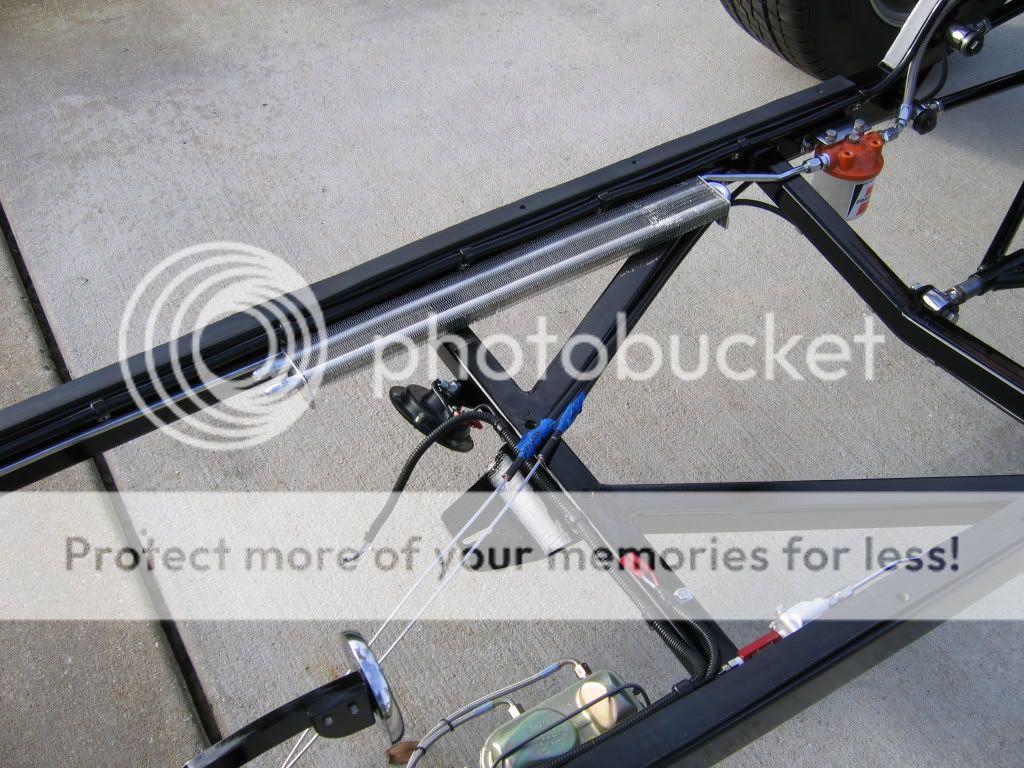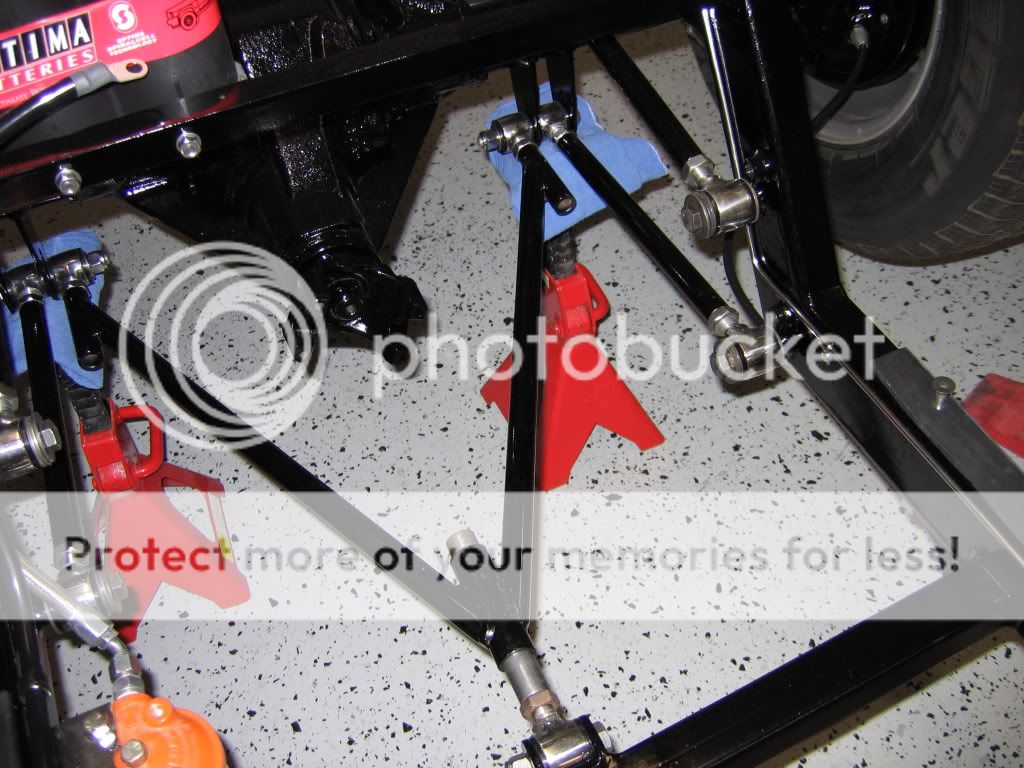Please give me your thoughts on using 3" x 2" x 1/4" rectangle tubing to build my frame out of, with a 3" schedule 40 round tube for the front cross member. Is this overkill? Will the corner radius be too much? I really like the idea of being able to drill and tap holes to mount various components (non-suspension). I think it will only add about 40-50 pounds to the frame over 3/16" which will give me a good excuse to spring for aluminum heads to make up for the added weight. Let's hear what you guys think. Thanks.
Jason
Jason






